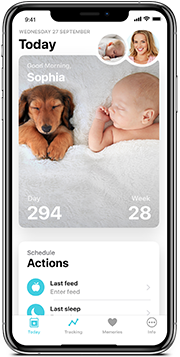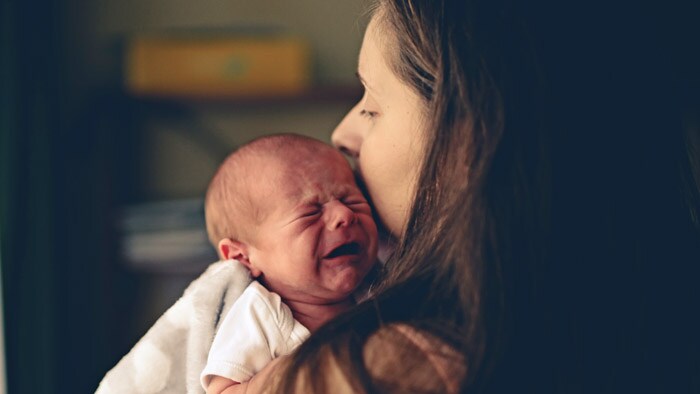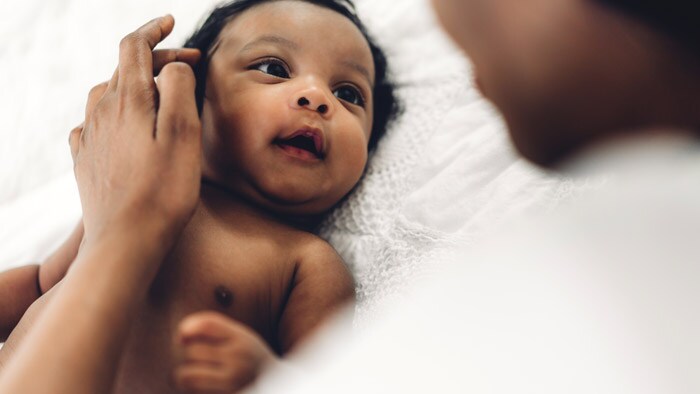Reading Time: 5 Min
Your newborn: the first hour after birth
Compiling a birth plan is an important part of preparing for your baby's birth. However, one area people often don't think about enough is how to spend the first hour after their baby is born. Who should cut the cord? Would you like your baby delivered onto your tummy? Would you like them cleaned before you enjoy skin-to-skin? These are all your choices to make. Explore your options and compile your plan, before sharing it with your birth partner and healthcare provider.
One of the most important decisions you can make is arranging to spend the first hour or so after birth skin-to-skin with your newborn.
Skin-to-skin
Research shows that babies kept skin-to-skin have a steadier heart rate and temperature, better respiration, optimum blood sugar levels and even cry less.
According to experts, there are nine expected stages when a baby is placed skin-to-skin with their mother after birth:
Babies will complete these stages at their own individual pace and should not be forced, coerced or rushed. If you are administered any medications during labor, it may take your baby longer to complete the stages and start to suckle.
If you are planning to have a cesarean, speak to your health care provider about immediate skin-to-skin contact.






